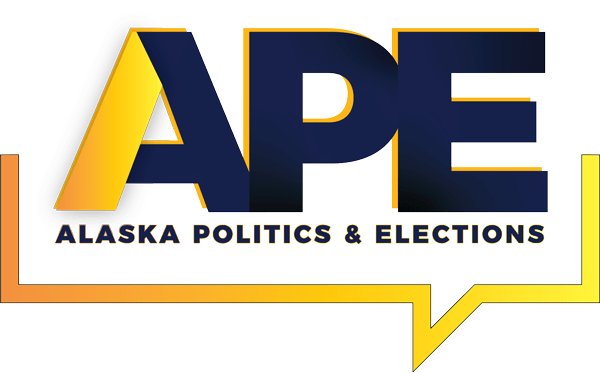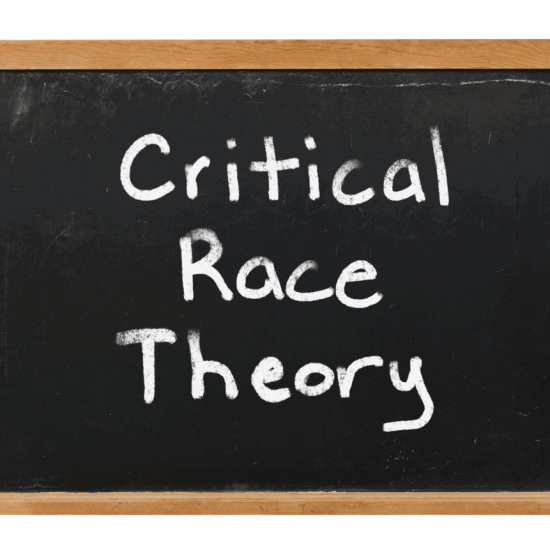There are 32 accredited tribal colleges and at least five non-accredited schools offering associate, bachelor’s and even some master’s degrees. Tribal college advocates say that the schools give opportunities to students in sprawling geographically isolated Native communities and that their mission is broader than producing degrees. Many offer language classes to all those living on reservations to help prevent Native languages from going extinct; they also work with local businesses, and attempt to address social problems on the reservation.
But in spite of getting more than $100 million a year in federal funding — including grants low-income students use to pay tuition — tribal colleges often have abysmal success rates. The average percentage of students who earn four-year degrees in even six years, and two-year degrees in three at these schools, is only 20 percent, according to a Hechinger Report analysis of federal graduation data — one third the national average and half the rate of Native students at non-tribal schools. These statistics only include first-time, full-time students, but at some tribal colleges, fewer than one in 10 of them ever finishes.
Struggling tribal schools would likely welcome extra support. Congress sets tribal college funding and is authorized by federal law to give a maximum of $8,000 per student. But the schools get $5,850 per student on average. And that can be used only for Native American students, even though nearly a fifth of enrollment is non-Native. Howard University, a historically black college, by comparison, averages more than $20,000 per student from the federal government.
But many students struggle to make it past their first year. Two-thirds arrive at Oglala Lakota needing at least one remedial class in math or English to make up for material they should have learned in primary and secondary school, but didn’t. Of those, two-thirds never get any further. In 2012, only 12 percent of Oglala Lakota students graduated after six years, according to federal data.
Part of the problem is that there aren’t many jobs on reservations, meaning even college graduates can easily be unemployed, says Stephanie Sorbel, who manages the college’s campus center in Kyle, one of the reservation’s largest towns, which has nearly 3,000 people. Anti-drug and alcohol messages painted on plywood flank the main road into Kyle, and suicide-prevention notices hang outside every room of the Oglala Lakota center.
Despite his school’s low success rate, Shortbull says, its existence is vital. “Without tribal colleges, who would try to help these people?”
Like Lugar, many Native American students choose tribal colleges because they’re more convenient than other higher-education institutions and they feel more comfortable staying on the reservation.
“History tells us that if we didn’t have the colleges here many of our students would go off [the reservation] and they wouldn’t do well,” Sitting Bull College President Laurel Vermillion said, adding that the majority of her students transfer there from an off-the-reservation school.
“The dilemma that we’re facing is we’re open admissions,” said Thomas Shortbull, president of Oglala Lakota College on the Pine Ridge Reservation in South Dakota. “We do have a major problem with our students’ [preparedness].”
See Full Story at Hechingerreport.org
image William Mendoza, Ex Dir of WH Initiative on American Indian and Alaska Native Education











